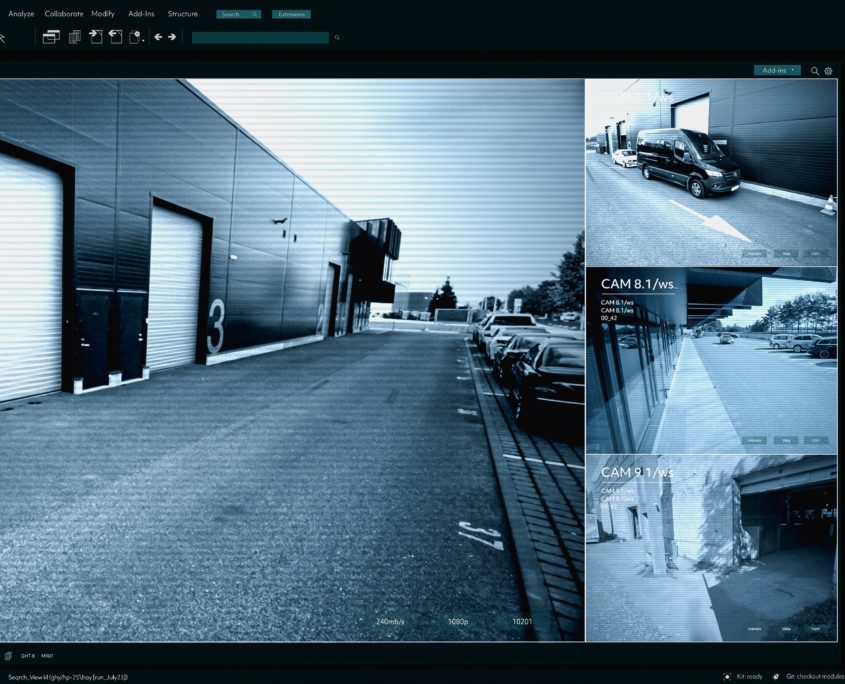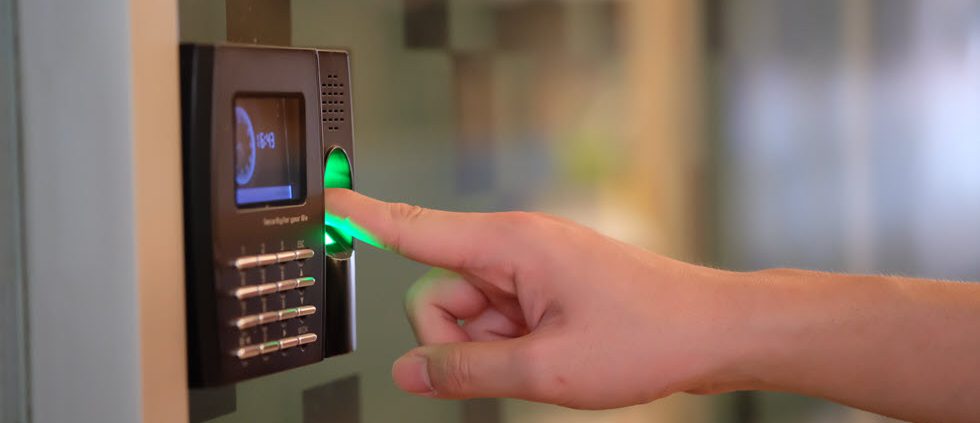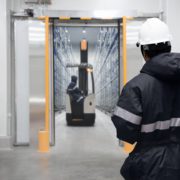Warehouse Access Control: Keycards and Biometric Systems
In today’s fast-paced world, the need for enhanced security and operational efficiency in warehouses has never been more critical. Warehouses are the backbone of supply chain operations, housing valuable inventory and critical assets. Ensuring the safety of these assets, as well as the personnel working within these facilities, is paramount. Access control systems, particularly keycards and biometric systems, have emerged as effective solutions for managing entry and enhancing security in warehouses. This blog delves into the importance of access control, explores the benefits of keycards and biometric systems, and provides insights into how these technologies can be effectively implemented in warehouse operations.
The Importance of Access Control in Warehouses
Protecting Assets
Warehouses store a significant amount of valuable inventory, ranging from raw materials to finished goods. Unauthorized access can lead to theft, loss, or damage to these assets, resulting in substantial financial losses. By implementing robust access control systems, warehouses can ensure that only authorized personnel can enter, thereby protecting their valuable assets.
Ensuring Safety
Warehouses are bustling environments with heavy machinery, forklifts, and other equipment in constant use. Unauthorized personnel can pose a safety risk, leading to accidents and injuries. Access control systems help maintain a safe working environment by restricting entry to trained and authorized individuals.
Enhancing Operational Efficiency
Efficient warehouse operations depend on the smooth movement of personnel and goods. Access control systems streamline entry processes, reducing bottlenecks and ensuring that only authorized personnel are present. This not only enhances security but also improves overall operational efficiency.
Keycards as an Access Control Solution
How Keycards Work
Keycards are a popular access control solution in many industries, including warehousing. These cards are embedded with a microchip or magnetic strip that contains the holder’s credentials. When the card is swiped or tapped on a card reader, the system verifies the credentials and grants or denies access accordingly.
Benefits of Keycards
Easy to Use
Keycards are user-friendly and easy to use. Employees can quickly swipe or tap their cards to gain entry, minimizing delays and ensuring a smooth flow of personnel.
Customizable Access Levels
Keycards can be programmed to grant different access levels based on an individual’s role within the organization. For example, managers may have access to all areas of the warehouse, while regular employees may be restricted to specific zones.
Audit Trails
Keycard systems can generate detailed audit trails, providing a record of who accessed specific areas and at what times. This information is invaluable for security investigations and compliance purposes.
Cost-Effective
Compared to other access control solutions, keycards are relatively cost-effective to implement and maintain. They offer a good balance between security and affordability, making them an attractive option for many warehouses.
Implementation Tips for Keycards
Conduct a Security Audit
Before implementing a keycard system, conduct a thorough security audit of the warehouse. Identify vulnerable areas and determine the access levels required for different roles. This will help in designing an effective keycard system that meets your specific security needs.
Choose a Reliable System
Select a keycard system from a reputable provider with a proven track record. Ensure that the system offers robust security features, such as encryption and tamper-proof cards, to prevent unauthorized duplication or tampering.
Train Employees
Proper training is essential for the successful implementation of a keycard system. Train employees on how to use the keycards and the importance of safeguarding them. Emphasize the need to report lost or stolen cards immediately to prevent unauthorized access.
Regularly Review Access Levels
Access requirements may change over time as personnel roles evolve. Regularly review and update access levels to ensure that only authorized individuals have access to sensitive areas.
Biometric Systems as an Access Control Solution
How Biometric Systems Work
Biometric systems use unique physical characteristics, such as fingerprints, facial recognition, or iris scans, to verify an individual’s identity. These systems are highly secure, as biometric traits are difficult to replicate or forge. When an individual attempts to access a secured area, the biometric system scans their trait and compares it to the stored data. If there is a match, access is granted.
Benefits of Biometric Systems
High Security
Biometric systems offer a high level of security as they rely on unique physical characteristics that are difficult to duplicate. This significantly reduces the risk of unauthorized access and enhances overall security.
Convenience
Biometric systems are convenient for users, as they do not require carrying physical tokens, such as keycards. Employees simply present their biometric trait, such as a fingerprint or face, to gain access.
Accurate Identification
Biometric systems provide accurate identification, ensuring that only authorized individuals can access sensitive areas. This reduces the risk of human error associated with traditional access control methods, such as keycards or PIN codes.
Audit Trails
Like keycard systems, biometric systems can generate detailed audit trails, providing a record of who accessed specific areas and when. This information is valuable for security monitoring and compliance purposes.
Implementation Tips for Biometric Systems
Choose the Right Biometric Trait

Select the biometric trait that best suits your warehouse environment and security needs. Fingerprint recognition is widely used and reliable, but facial recognition or iris scans may be more suitable for certain situations.
Ensure System Reliability
Invest in a high-quality biometric system that offers reliable performance and fast processing times. Ensure that the system can handle the volume of users and transactions typical for your warehouse operations.
Address Privacy Concerns
Biometric data is sensitive and must be handled with care. Implement strict data protection measures to safeguard biometric information and comply with relevant privacy regulations. Inform employees about how their biometric data will be used and stored.
Provide Backup Access Methods
While biometric systems are highly secure, it is important to have backup access methods in place in case of system failures or emergencies. This could include keycards or manual entry methods to ensure uninterrupted access.
Combining Keycards and Biometric Systems
Enhanced Security
Combining keycards and biometric systems can provide an added layer of security. For example, requiring both a keycard and a fingerprint scan for access can significantly reduce the risk of unauthorized entry.
Flexibility
Using a combination of keycards and biometric systems offers flexibility in access control. Employees can use keycards for general access and biometrics for high-security areas, ensuring that security measures are appropriately matched to the level of risk.
Redundancy
Implementing both keycards and biometric systems provides redundancy in case one system fails. This ensures that access control measures remain effective even if there is a technical issue with one of the systems.
Cost Considerations
While combining keycards and biometric systems can enhance security, it is important to consider the cost implications. Evaluate your budget and security needs to determine the most cost-effective approach for your warehouse.
Access control is a critical aspect of warehouse security and efficiency. Keycards and biometric systems offer robust solutions for managing entry and ensuring that only authorized personnel can access sensitive areas. By implementing these technologies, warehouses can protect their valuable assets, ensure the safety of their employees, and enhance overall operational efficiency.
When selecting an access control solution, it is important to conduct a thorough security audit, choose reliable systems, train employees, and regularly review access levels. Combining keycards and biometric systems can provide enhanced security and flexibility, ensuring that your warehouse remains secure and efficient in an ever-evolving threat landscape.
For more information on access control solutions and how they can benefit your warehouse operations, visit BlueLine Operations.







